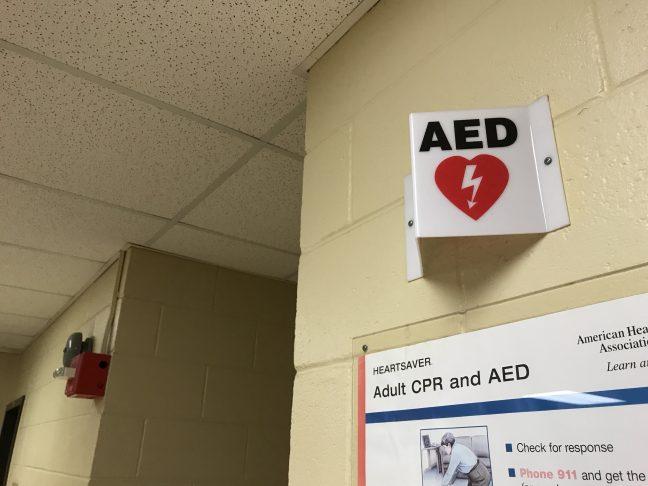According to this year’s County Health Rankings and Roadmaps’ National Findings Report, communities with well-resourced civic infrastructure and accessible information environments tend to have better health outcomes.
CHR&R is a University of Wisconsin Population Health Institute program that highlights the differences in health between and within communities. The program provides strategies and resources to support communities in implementing evidence-based solutions that address core structural health barriers.
In this year’s national report, CHR&R concentrated on civic health, which specifically focuses on the relationship between civic participation and health and considers the opportunities people have to participate in their communities. Civic health also involves civic infrastructures which are the structures that promote or prevent civic engagement.
Included in the report were three key findings. The counties with well-resourced civic spaces such as community centers, schools and parks demonstrate high community engagement in decision-making processes and social connections. Regions in the country that enforce structural barriers to civic health, such as restrictive voting laws, tend to lack the civic infrastructure and means to engage in issues affecting community health. These areas are often those with a history of structural racism and disinvestment. And areas with accessible information environments such as the internet and libraries offer more economic and social opportunities for positive health outcomes.
Wisconsin county health data reflects similar findings. The corridor of counties in Southern Wisconsin — Iowa, Dane, Jefferson, Columbia, Washington and Waukesha — are among those with the best health outcomes in the state. Counties with lower life expectancy and worse health outcomes include Milwaukee, Menominee and Forrest. UW community and environmental sociology assistant professor Malia Jones pointed out how the patterns refute common perceptions of rural versus urban health.
“If you look at Wisconsin, our most urban place, Milwaukee, and our most rural places are doing equally poorly compared to suburbs, and there are structural reasons for that,” Jones said.
Milwaukee has a history of being among the most segregated cities in the country, Jones said, noting that even to this day, the vast majority of people who are Black and Latino in Wisconsin live in Milwaukee County. It’s important to consider the extent to which Milwaukee County residents are civically engaged and represented in local and state governments.
The CHR&R Report provides evidence-based actions communities can take to enable people to participate, connect and stay informed about civic life. Recommendations center around youth civics education, public libraries, broadband initiatives to expand access to high-speed internet and participatory budgeting, which allows community members to determine public spending.
Jones said in addition to releasing a yearly county health ranking report, CHR&R provides a What Works for Health database which offers evidence-based strategies to help improve specific community health outcomes.














